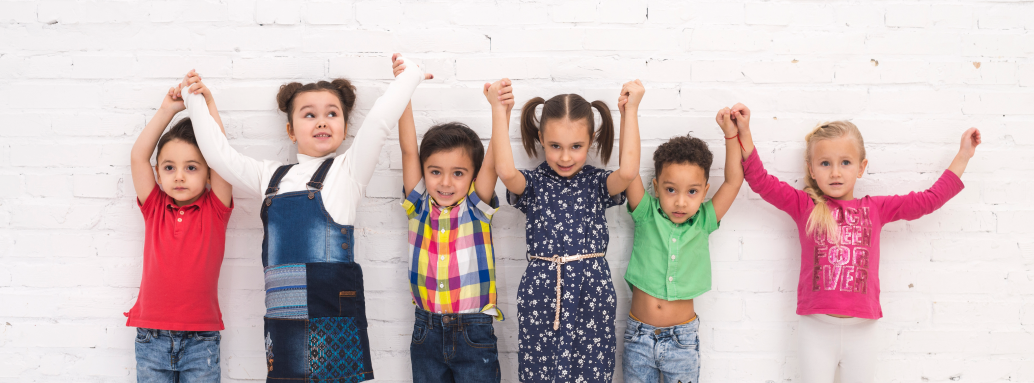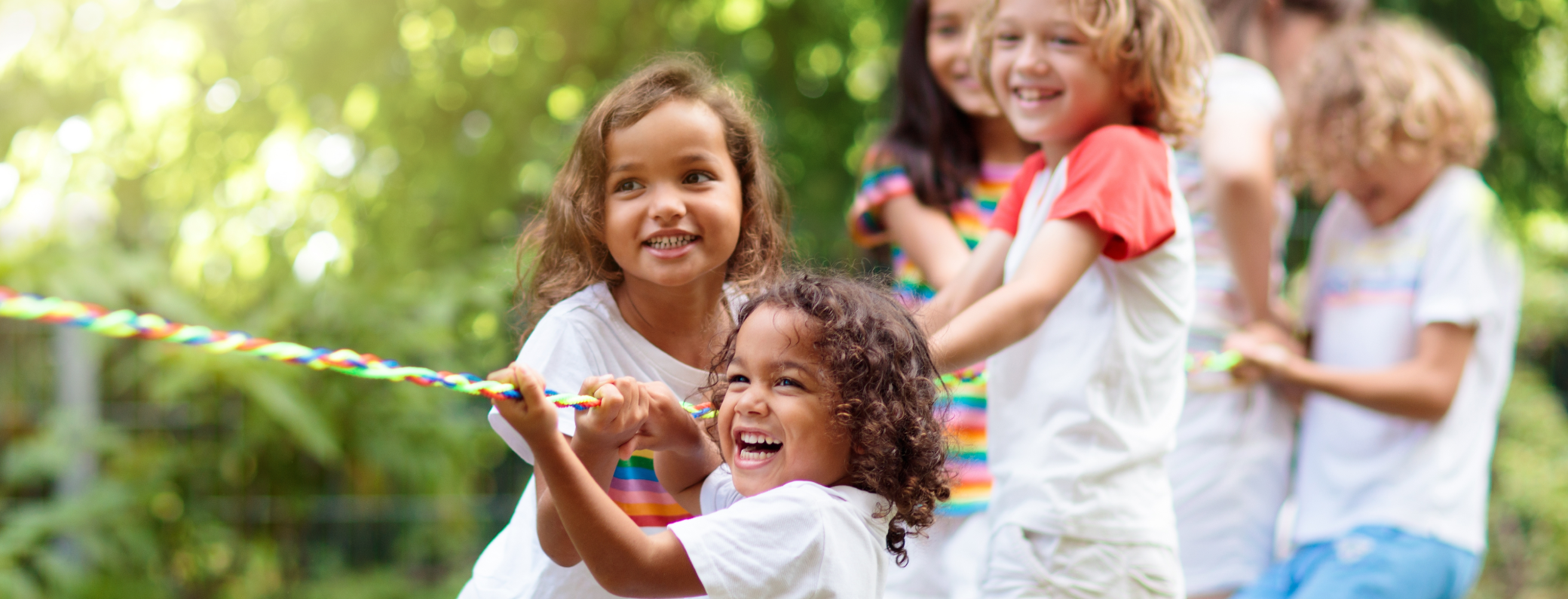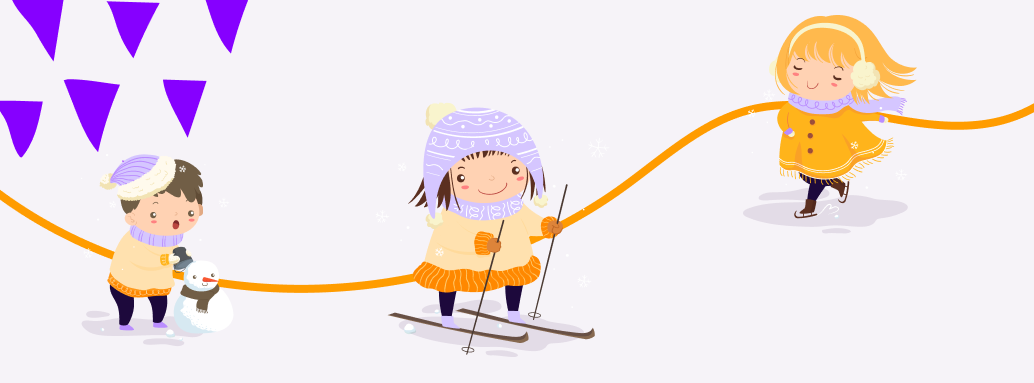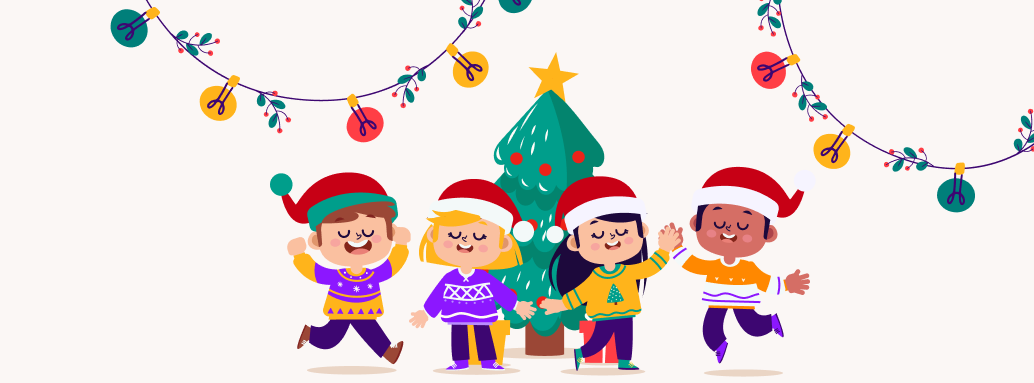Empowering childcare centres with tools to simplify operations and enhance outcomes
Automate payments, manage subsidies, and ensure financial accuracy with ease.
Effortless communication between families and educators for instant updates, messages, collaboration, and conversations.
Track, document, and celebrate every milestone in a child’s journey.
Simplify enrolment, manage waitlists, and track attendance effortlessly.
Streamline scheduling, performance tracking, and team communication.
Keep families informed with real-time updates and daily reports.
Discover how Parent can transform your childcare centre’s operations
Access a variety of tools, guides, and insights to help you get the most out of Parent
Stay updated with industry trends, expert advice, and childcare management tips.
See how childcare centers like yours achieved success with Parent.
Find quick answers to the most common questions about Parent's features and services.
Join live sessions or watch on-demand webinars for in-depth guidance and tips.
Get step-by-step support with articles, guides, and troubleshooting resources.


In today’s diverse world, early childhood centers have a unique opportunity to introduce young children to different cultures through celebrations and festivals. Incorporating multicultural festivals isn’t just fun—it’s a powerful tool to foster inclusivity, empathy, and a sense of community in children. So, let’s dive into how early childhood centers can celebrate festivals meaningfully and create lasting, positive impacts on children’s lives.
Celebrating festivals from around the world in an early childhood setting is more than just decorating classrooms or trying new foods. It’s about embracing diversity, fostering a sense of global community, and helping children build positive views of different cultures. Through these celebrations, children learn to appreciate the beauty of diversity and respect others, helping them become compassionate and understanding adults.
Children are naturally curious, especially about the world around them. Multicultural celebrations provide a hands-on way to introduce them to different traditions, foods, music, and stories, nurturing their curiosity in a safe, playful, and educational environment. By including a variety of cultural festivals, educators can shape children’s early understanding of diversity and empathy.
Including multicultural celebrations in early childhood centers is one way to embrace inclusivity actively. Recognizing and celebrating various cultural events shows children that everyone’s traditions are valued. This fosters a sense of belonging and unity among young children, encouraging them to be inclusive, open-minded, and respectful.
Parents play a pivotal role in multicultural celebrations. Inviting them to share their traditions brings authenticity and depth to the festivities. Parents can offer firsthand insights, provide traditional materials, or share stories and customs, which enhances children’s understanding of the festivals and helps create a community feeling.
Celebrating multicultural festivals offers numerous developmental benefits for children, including:
Before diving into celebrations, educators should consider:
When selecting festivals, it’s essential to choose ones that are either relevant to the community or widely celebrated around the world. Balancing familiar local traditions with international ones can be a great way to create a well-rounded, inclusive approach.
Engaging children in festivals is all about making learning fun and interactive. Here are a few tips:
Diwali is a Hindu festival symbolizing the victory of light over darkness. Children can participate in making paper lanterns, decorating with vibrant colors, and learning about kindness and the joy of giving.
Celebrated in many East Asian cultures, Lunar New Year is a time for family gatherings and new beginnings. Children can create paper dragons, listen to traditional music, or dress in red to welcome good luck.
Ramadan is a time of fasting, reflection, and compassion in Islam. Following Ramadan, Eid al-Fitr celebrates breaking the fast with food and joy. Educators can focus on themes of kindness and generosity, involving children in charity activities and sharing food with friends.
This North American holiday emphasizes thankfulness and community. Children can participate by creating gratitude lists, learning about Indigenous peoples' traditions, and sharing a meal with friends.
Originating in India, Holi is a festival celebrating the arrival of spring. Children can enjoy outdoor play by safely throwing colorful powder or creating vibrant art projects inspired by the festival’s hues.
Cultural differences may arise when celebrating various festivals, so it’s vital to approach these respectfully. Educators can ask for guidance from families and community members when uncertain and focus on the universal values behind each celebration, like kindness, togetherness, and gratitude.
Invite children to talk about their traditions with the class. This empowers them to feel proud of their heritage, supports their self-esteem, and gives others a window into their unique world.
Visual and hands-on learning experiences are particularly effective in early childhood settings. Decorating the classroom, creating crafts, and even setting up cultural displays with items from different festivals make the learning process engaging and memorable for children.
Each culture has its own stories, songs, and dances that can enrich festival celebrations. Including traditional music or dance allows children to experience culture in a way that is joyful and easy for them to understand.
Helping children appreciate other cultures is part of developing cultural sensitivity. Celebrate openly but sensitively, teaching children to ask questions respectfully, share their own experiences, and be mindful of differences without judgment.
Celebrating multicultural festivals in early childhood centers is an invaluable way to foster inclusivity, cultural awareness, and empathy in young children.
Offering hands-on experiences, connecting with families, and prioritizing respect means educators can create an environment that honors and celebrates the beautiful diversity within our communities.
These experiences leave a lasting impact, shaping children’s understanding of the world and cultivating a foundation of respect and compassion that they’ll carry into the future.
In a world where communities are increasingly diverse, these celebrations help children understand that, while traditions may vary, the core values of love, kindness, and togetherness are universal.
Through such early exposures, we’re building not just brighter minds, but kinder hearts, ready to embrace the world in all its beautiful diversity.
1. Why is it important to celebrate multicultural festivals in early childhood education?
Celebrating multicultural festivals in early childhood settings helps children develop an appreciation for diversity, learn about different cultures, and build empathy for others. Early exposure to various traditions fosters inclusivity and broadens children’s understanding of the world, which is crucial in today’s globalized society.
2. How can early childhood centers choose which festivals to celebrate?
When selecting festivals, centers should consider the cultural backgrounds of the children and staff, as well as widely recognized events that represent universal values like kindness, gratitude, and community. Collaborating with families can also provide insight into culturally significant festivals, ensuring celebrations are meaningful and inclusive.
3. What are some fun, age-appropriate ways to introduce young children to cultural festivals?
Activities such as storytelling, arts and crafts, music, dance, and food tasting are excellent ways to engage young children in multicultural festivals. For instance, children can make paper lanterns for Diwali, create colorful art inspired by Holi, or learn simple dances from different cultures. These hands-on activities make learning fun and memorable.
4. How can educators ensure that cultural celebrations are respectful and sensitive?
To celebrate respectfully, educators should research the cultural significance of each festival and consult with families or community members when needed. Focusing on universal themes and teaching children to appreciate rather than judge differences helps create a respectful environment. Open discussions and guidance from diverse voices can further support respectful representation.
5. What are the main benefits of celebrating multicultural festivals for young children?
Celebrating multicultural festivals helps children develop social skills, cognitive abilities, empathy, and respect for others. It also encourages a sense of self-identity, particularly for children who see their own cultures represented in the classroom. These celebrations create an inclusive community, enhancing children’s self-esteem and their ability to connect with others.


